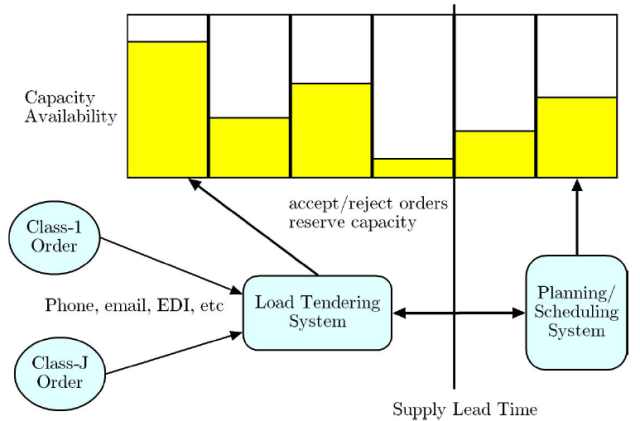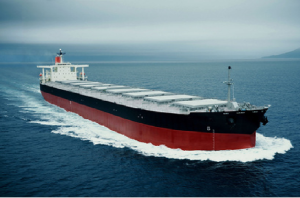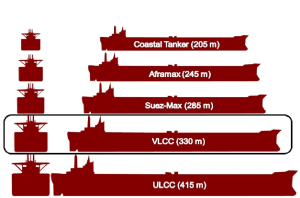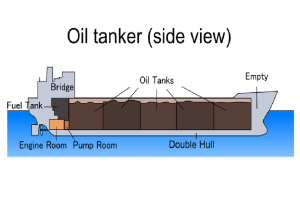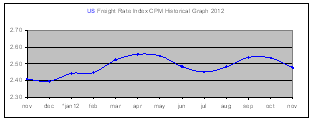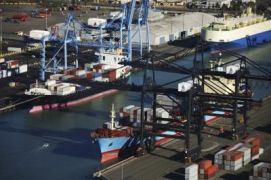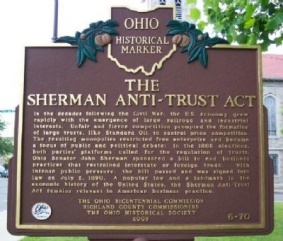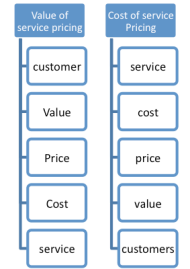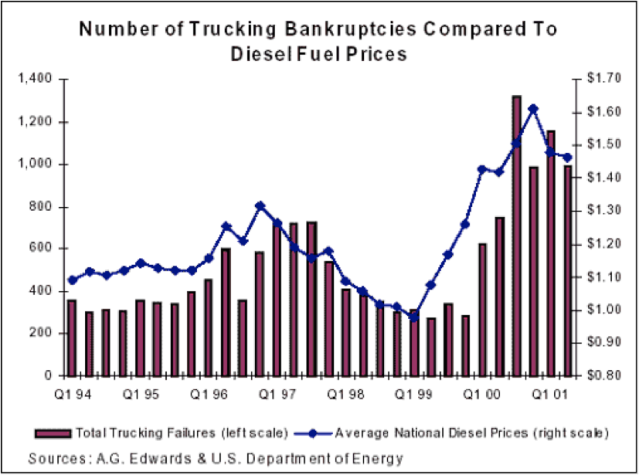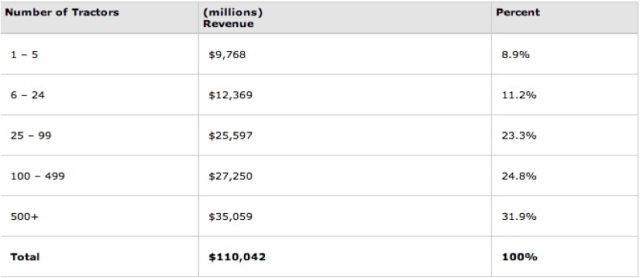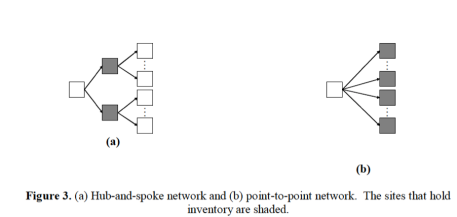Halfway through the presidency of Bush 1, the Federal Railroad Administration conducted a comparative study between rail and truck transport to determine which mode was more fuel efficient, and its conclusion was a definite, if intuitive, one. Transportation of goods, when the commodity is modally competitive, requires less fuel by train. Since those days, new technologies have improved the transportation industry’s ability to meet customers’ ever more taxing expectations, themselves a product of the new technologies. Intermodal strategies, railcar designs, commodity mix: these are some of the aspects of the industry that experienced the most significant innovations, bringing with them increased efficiency across most associated costs, including fuel.
In 2009, the FRA conducted another study that recreated relative measurements from the 1991 study in an effort to find correlating results with current data and quantify the technological effect of the preceding two decades on fuel efficiency. 23 movements were examined where rail and truck compete for freight. No commodity movements were considered where either truck or rail are considered by industry standards to be a preferable means of transport.
The FRA concluded that railroad transport’s fuel efficiency improved about 20% between 1990 and 2006, citing changes in traffic mix, technological improvements, and changes in operating practices as significant contributing factors. The fuel efficiency of trucks improved 11% between 1992 and 2002. Operational calibration and technological improvements to almost every mechanical aspect were the primary stimuli. The study’s conclusion asserts that the rising cost of fuel has incentivized this drive toward energy-conserving innovation in the transportation industry, and that the trend indicates a continuation of conservation consciousness, even if for the sake of the bottom line. Railroads are ideally suited to the anticipated effects. While the trucking industry has experienced an increase in freight activity of over 50% between 1990 and 2005, this despite the fact that it is less fuel efficient, as a mode of transportation its flexibility at every level is the reason for this. But as fuel costs continue to climb, the fuel efficiency of rail transport will drive the industry ever more toward intermodal designs, and the ensuing integration of train services within industry-wide strategies will increase rail operators’ modal vitality.

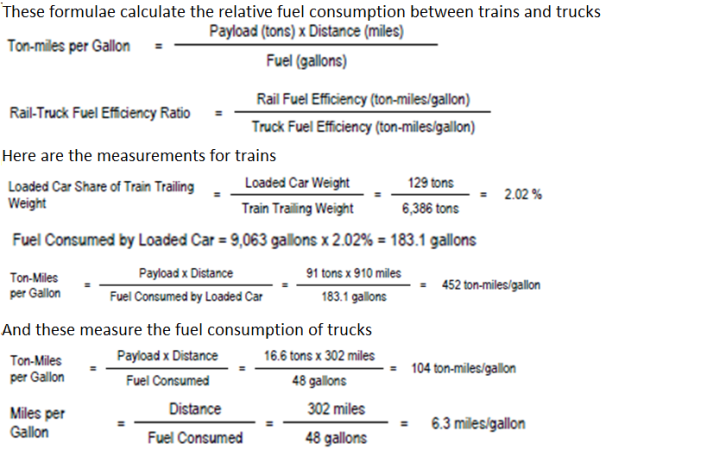

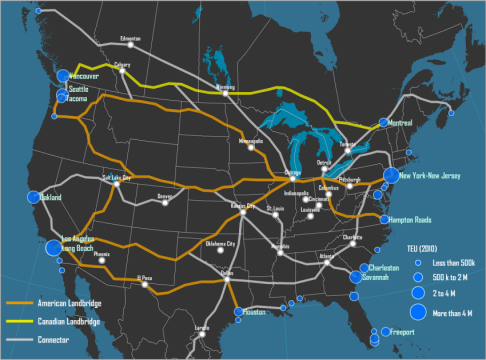
 So much of the Railways costs come from fixed assets that it is said up to two-thirds of the costs do not change with volume fluctuations. A major element contributing to the rail cost structure is the fact that the rights-of-way are not free like they are in other forms of transportation, such as the highways that motor carriers operate on. The extent to which railroad companies choose to invest in these fixed costs can depend on the service level they intend to provide as well as the size of their company. If a company is extremely dedicated to excellent service, they may choose to invest in the top of the line trains and infrastructure to improve the quality of their operations.
So much of the Railways costs come from fixed assets that it is said up to two-thirds of the costs do not change with volume fluctuations. A major element contributing to the rail cost structure is the fact that the rights-of-way are not free like they are in other forms of transportation, such as the highways that motor carriers operate on. The extent to which railroad companies choose to invest in these fixed costs can depend on the service level they intend to provide as well as the size of their company. If a company is extremely dedicated to excellent service, they may choose to invest in the top of the line trains and infrastructure to improve the quality of their operations.